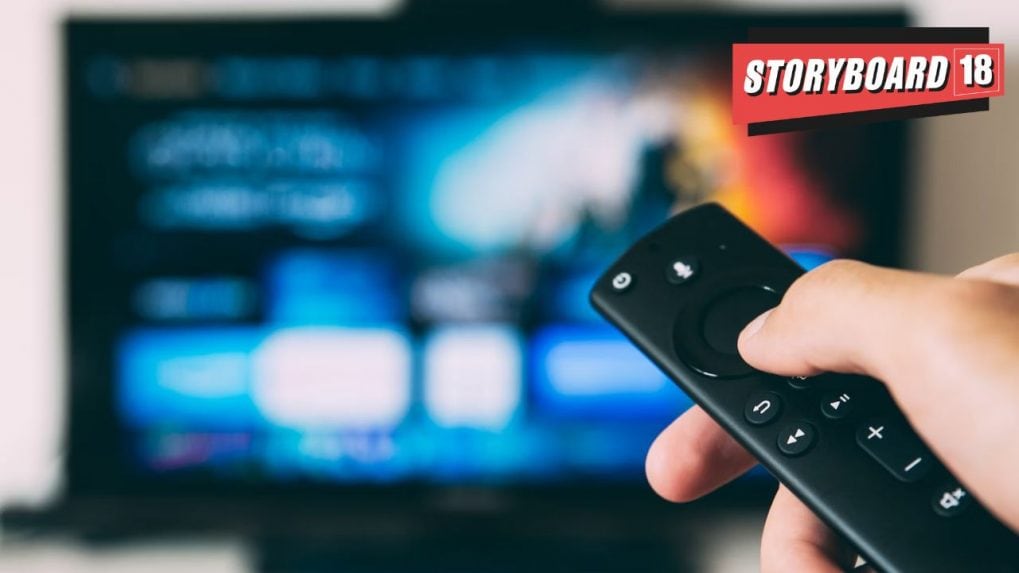M&E Future: Unified interface to be critical for CTV's growth
New multi-screen and multi-format strategies are an imperative for media firms. A unified interface to simplify customer experience and discovery of content. It will become the new landing page and earn placement and marketing revenues: FICCI EY report.
ADVERTISEMENT
By 2030, India will have almost a billion active screens and of this, around 240 million will be large (TV, laptop, PC) and the balance will be small (mobile phones, phablets), according to the annual FICCI EY report, which provides a comprehensive view of the media and entertainment industry.
Given the 1:3 ratio between large and small screens, it will be imperative for media companies to have a multi-screen and multi-format strategy.
What is the future of television? Pay TV, Free TV, Smart TV
By 2030, the large screen opportunity will evolve into three significant segments across pay, free and smart TV, none of which can be ignored by broadcasters and studios.
Read More: Online news generated Rs 1,900 crore in ad revenues in 2023: FICCI EY Report
Pay TV will continue to gain audiences, but will also start switching to smart TVs as wired (or similar) broadband grows from 38 million homes today to 70 million homes by 2026 and over 100 million by 2030.
The potential introduction of direct-to-mobile (D2M) television services will increase the relevance of free television outside the home and during transit.
Both the telcos and the LCOs will play an important role as they aim to increase ARPUs, through bundling broadband with linear TV services, as well as by bundling content to drive adoption of CTV.
Free TV will remain a “temporary” medium viz., it will gain audiences as more families come out of poverty and into the lower middle class, and it will lose audiences as the middle-class families move up.
The key challenge posed by connected smart TVs is that broadcasters will now compete against social media and digital native platforms as well for share of time on the large screen.
Bundling will become critical for smart TV growth
Just as DPOs aggregate content from broadcasters for linear television, telcos and ISPs will need to offer bundles at various price points to attract and retain consumers.
Read More: AI can provide Rs 45,000 crore boost to the Indian M&E sector by 2027
EY estimates that if pricing is made comparable to television pricing (or at a slight premium when bundled with data) for popular streaming services, the reach of smart TVs could cross 100 million households sooner.
The unified interface will become a critical aspect of future growth of connected TVs, both from a simple customer experience point of view, as well as a place for discovery of content. It will become the new landing page and earn placement and marketing revenues.
New content windows will emerge
Monetisation will be at the mercy of consumers’ willingness to pay, and unlike international markets, Indian markets are more heterogeneous and need to be finely segmented.
Accordingly, premium SVOD, theatrical, SVOD, bundled SVOD, satellite, TVOD and finally free television windows could come into existence for different types of content.
Future of linear pay TV
Linear TV will grow when TV dark homes come onboard and when free TV audiences upgrade to pay, as stated in the report. Given India has around 323 million households today, growing to 345 million by 2030, of which say 25 percent will be under the poverty line, there is still an opportunity for around 70 million homes.
In order to address the opportunity and reduce television dark households, a number of initiatives will need to be evaluated, such as: Creation of lower priced FTA packs; Differential pricing and bundling for rural markets, in agreement with the regulator; Reactivation of the millions of inactive set-top boxes through incentive schemes; Creating relevant content baskets for underpenetrated markets.
Read More: Regional OTT content volumes exceeded Hindi language content in 2023: FICCI EY Report

